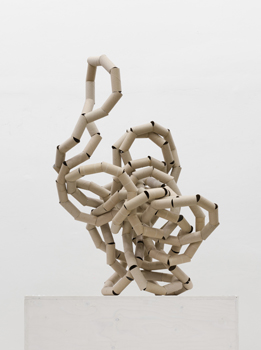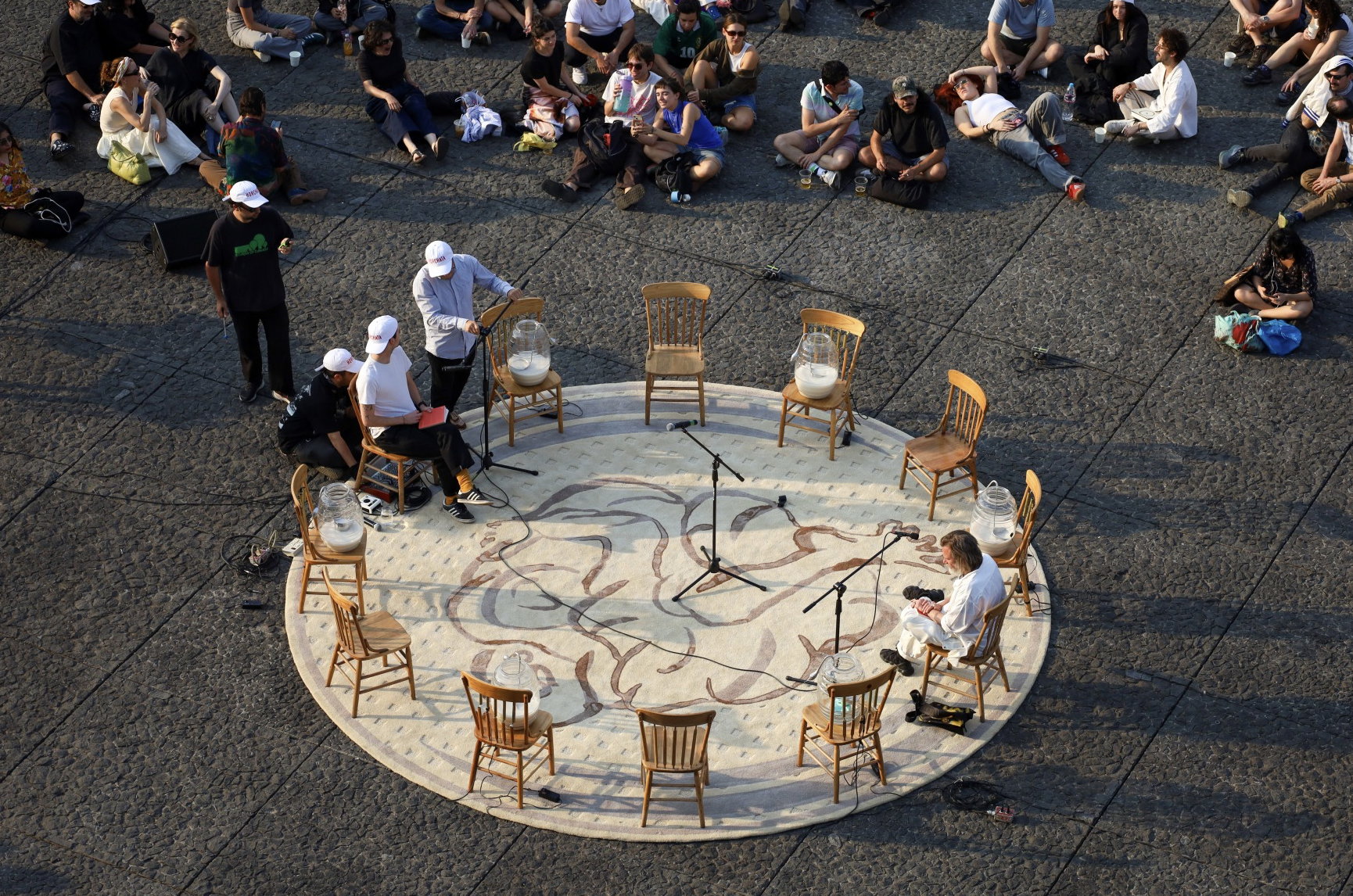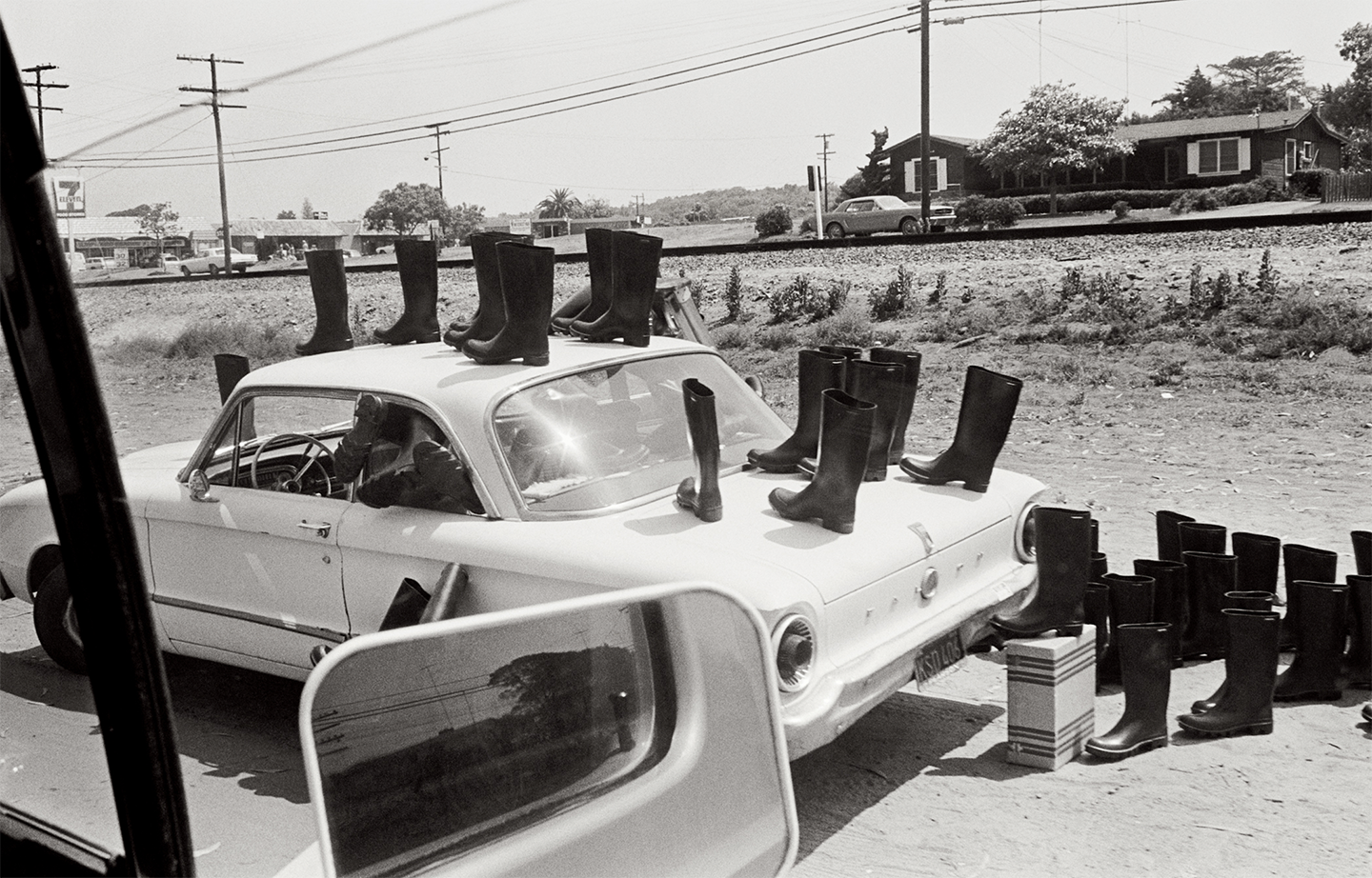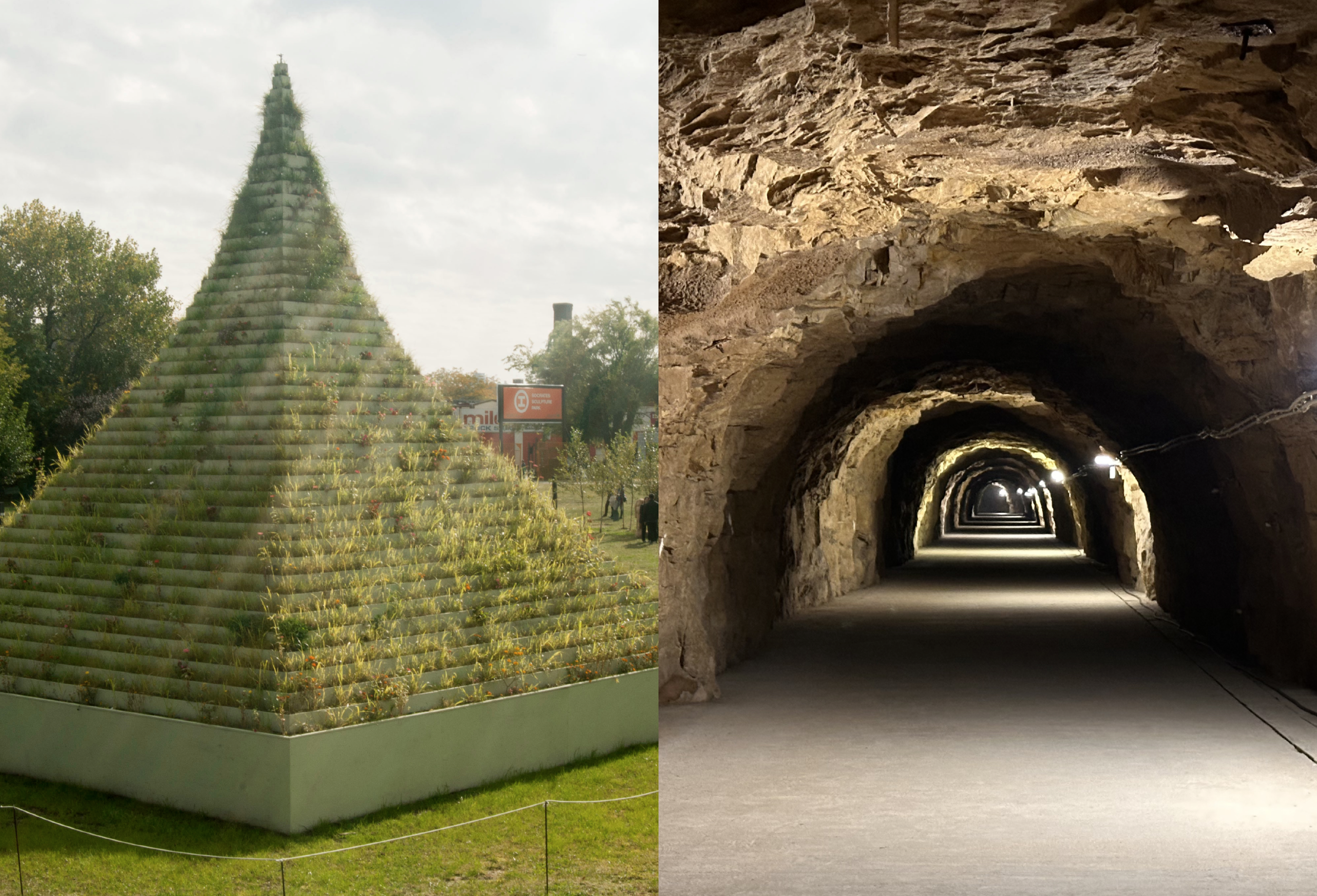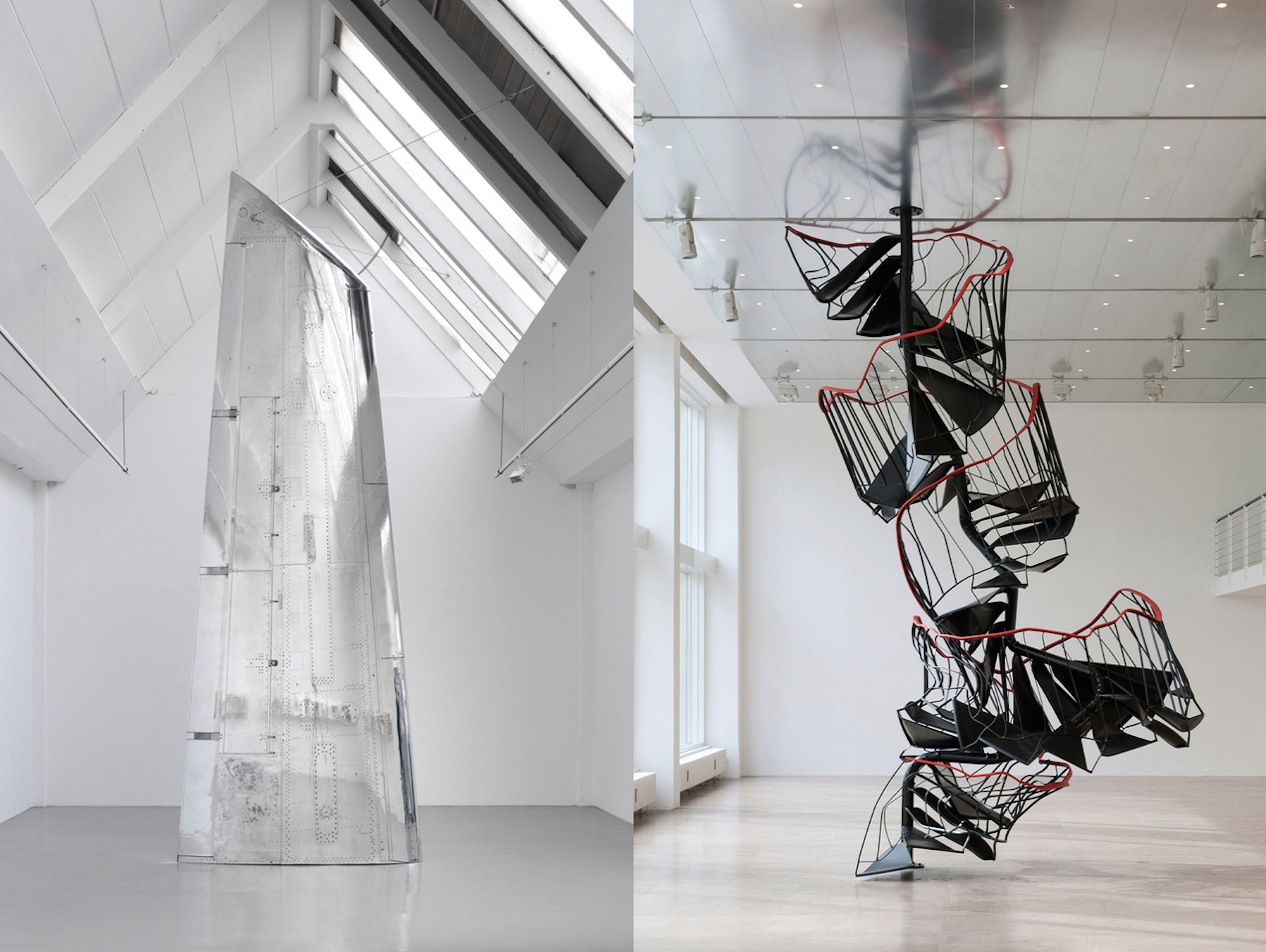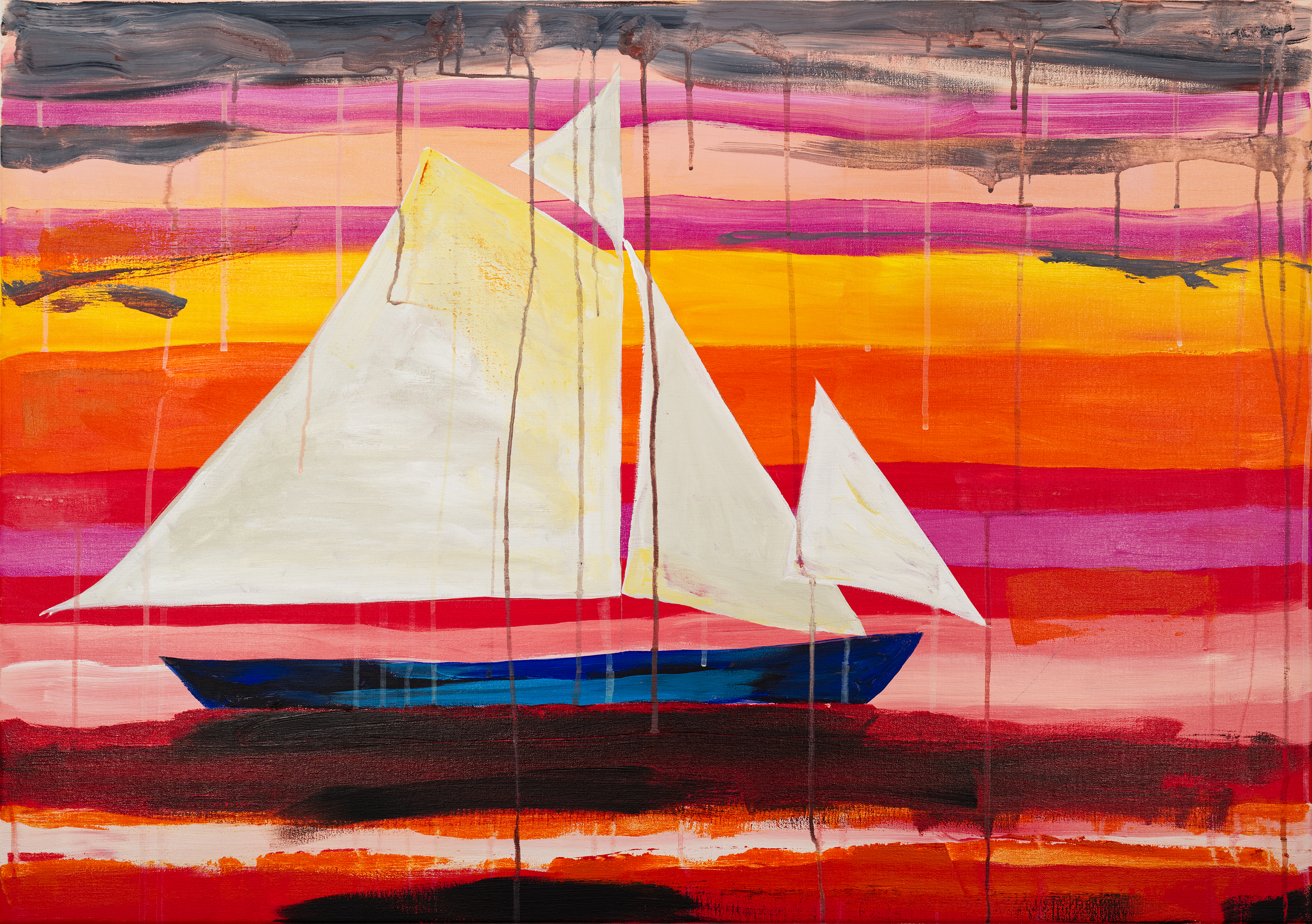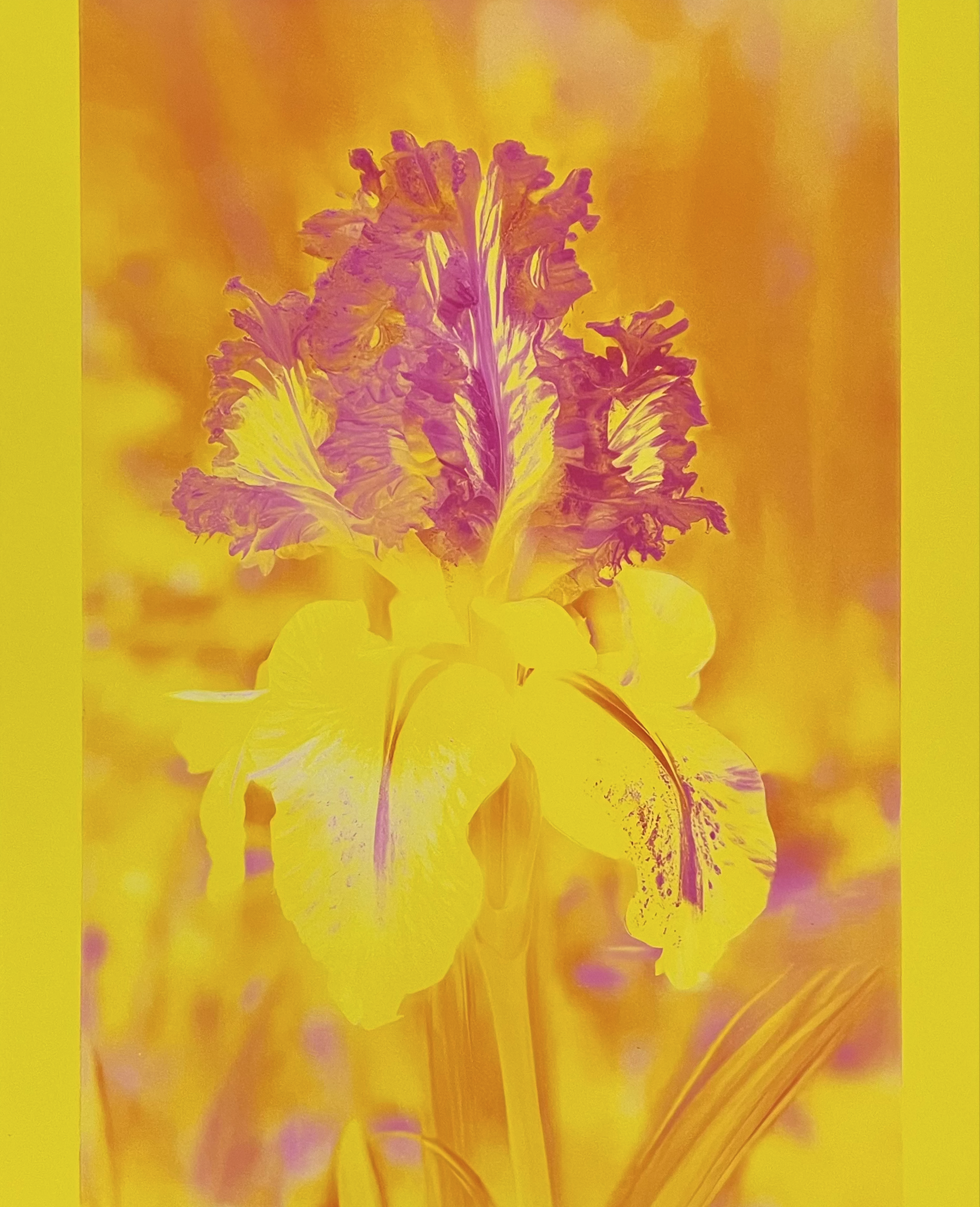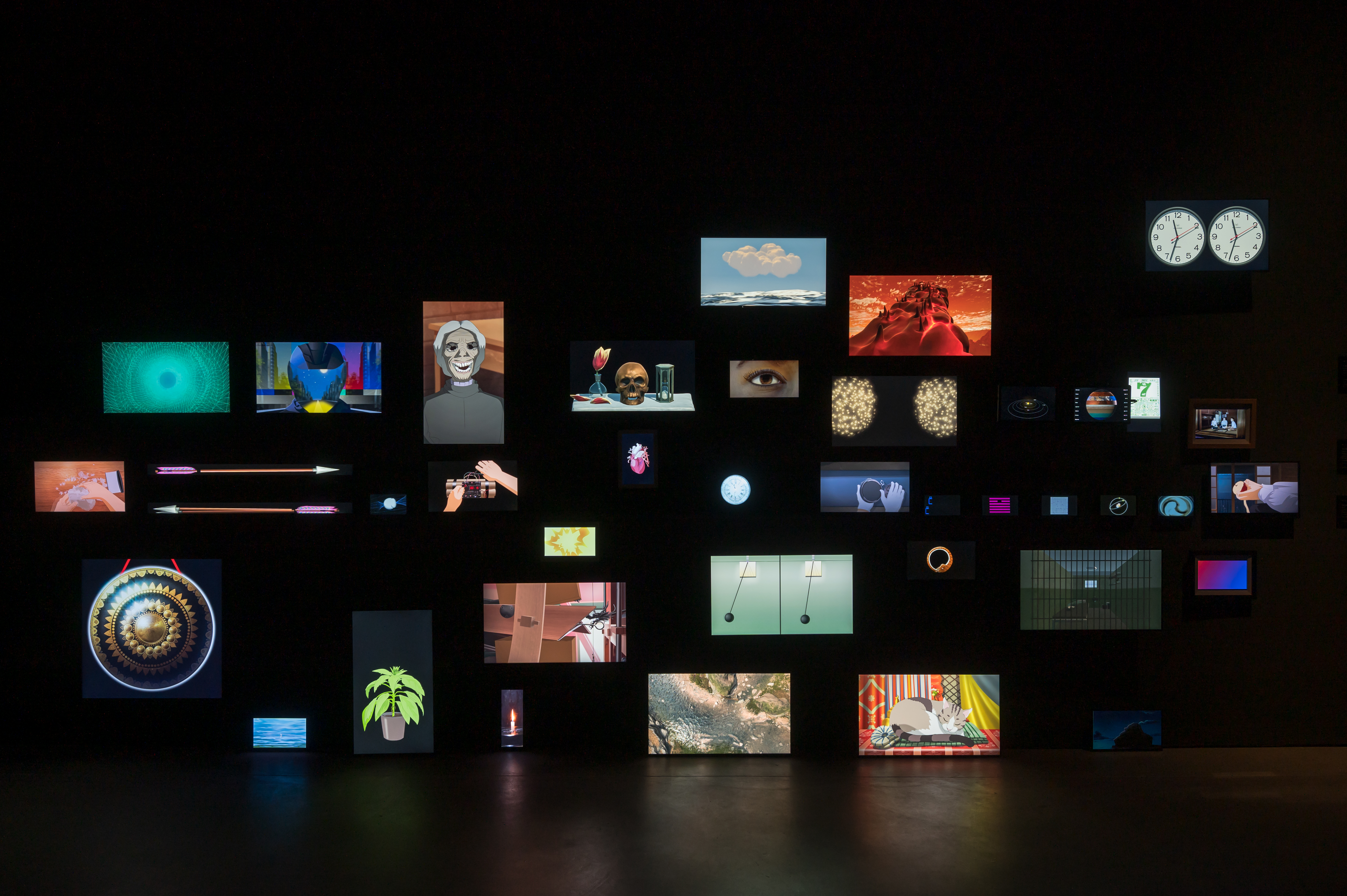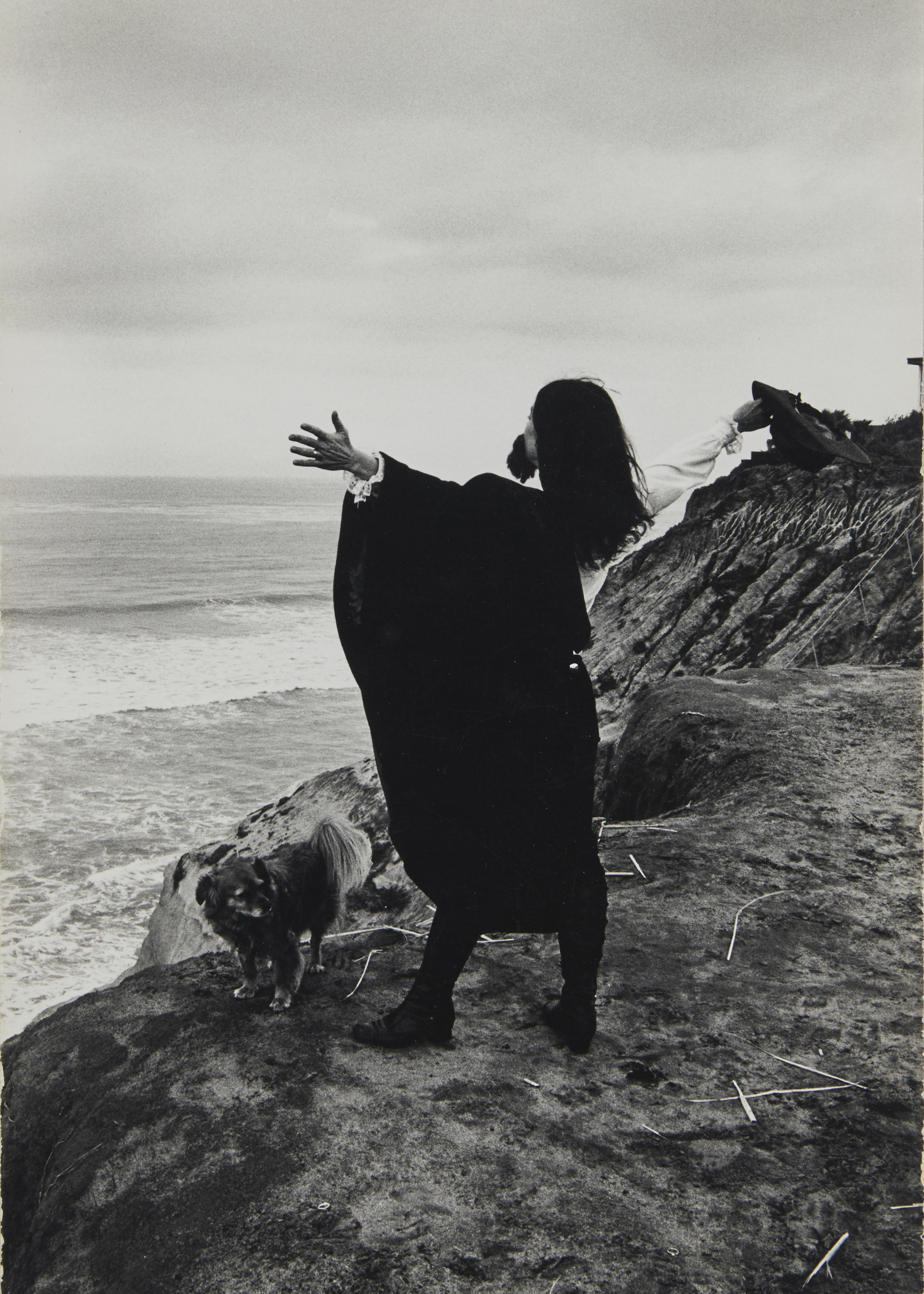Heimo Zobernig
26 April–7 September 2014
Mudam Luxembourg
Musée d’Art Moderne Grand-Duc Jean
3, Park Dräi Eechelen
L-1499 Luxembourg-Kirchberg
T +352 45 37 85 1
F +352 45 37 85 400
info@mudam.lu
The Austrian artist Heimo Zobernig works today in such diverse media as painting, sculpture and video. In 1980, while completing his studies in stage design at the Academy of Fine Arts in Vienna, he organised a series of actions and performances together with Alfons Egger in which they analysed the conditions and constitutive elements of theatrical representation. Taking their cue from experimental theatre, these pieces, with their radically reduced formal vocabulary, questioned the significance and function of all aspects of performing, from stage, props and actors to space, text and performance.
Zobernig subsequently approached the visual arts with a similarly analytical and questioning, albeit often ironic, mind. For more than thirty years now he has been creating sculptural objects whose formal reduction conveys an impression of succinctness, if not randomness, which is underlined by the use of “poor” everyday materials. These objects often imply or suggest some sort of functionality that assigns them to the realms of presentation, exhibiting or even domestic living. Sometimes they represent a formal questioning of, not to say ironic comment on, sculpture as an artistic genre. They invariably straddle the boundaries of what is commonly acknowledged as art, and by doing so question the conditions of its production and perception.
Zobernig follows a similarly systematic approach to explore the possibilities and limits of painting, most notably with regard to abstraction, colour arrangements and expression. Whether in the style of the Neo-Geo movement of the 1980s, as a monochrome painting, or an inscription in Helvetica, a font he favours for its visual neutrality, Zobernig’s pictorial practice is never restricted to the commonly accepted boundaries of the medium. It can therefore equally exist on canvas, sculptures or architectural interventions in the exhibition space. Painterly questions are even discussed in several of the artist’s videos, a medium to which he has shifted his discussion of performance; in these self-ironic films, in which he often appears himself, he recurrently plays with the colours of the chroma key compositing technique.
Whether sculptural, pictorial or hybrid, Zobernig’s objects never claim autonomy. Despite their apparent lack of content, they suggest numerous art-historical and other references (it is easy to draw a line, for instance, from the forms of Minimal Art to Marcel Duchamp’s ideas and Yves Klein’s work on colour), but like the works themselves, they confront viewers with questions for which there are no clear answers.
Zobernig has furthermore surrounded his work with a discursive fence by asking critics to contribute to the catalogues accompanying the majority of his exhibitions. This wealth of interpretation has prompted one of them to comment dryly that ‘the fiction of truth as such vanishes’ (Helmut Draxler). Zobernig’s method has been compared to Brechtian alienation, which aims to attract the viewer’s attention to seemingly self-evident aspects of the performance. According to Peter Brook, ‘Alienation is above all an appeal to the spectator to work for himself, so to become more responsible for accepting what he sees only if it is convincing to him in an adult way.’
The coherence of Zobernig’s works often only emerges from the exhibitions themselves, which visitors are invited to discover as flâneurs, lending them a sense of theatrical staging or performance. By ensuring that his works remain profoundly ambiguous, Zobernig continually develops his subtle questioning of art as a simultaneously spatial and aesthetic experience.
In collaboration with Kestnergesellschaft, Hannover
Press inquiries
presse@mudam.lu / T +352 45 37 85 633
Also on view at Mudam Luxembourg
Lee Bul
5 October 2013–9 June
NY-LUX. Edward Steichen Award 2004–2014
14 February–9 June
Never for Money, Always for Love
3 April–15 June
